Stability of hand force production. II. Ascending and descending synergies
- PMID: 29873618
- PMCID: PMC6171061
- DOI: 10.1152/jn.00045.2018
Stability of hand force production. II. Ascending and descending synergies
Abstract
We combined the theory of neural control of movement with referent coordinates and the uncontrolled manifold hypothesis to investigate multifinger coordination. We tested hypotheses related to stabilization of performance by covarying control variables, translated into apparent stiffness and referent coordinate, at different levels of an assumed hierarchy of control. Subjects produced an accurate combination of total force and total moment of force with the four fingers under visual feedback on both variables and after feedback was partly or completely removed. The "inverse piano" device was used to estimate control variables. We observed strong synergies in the space of hypothetical control variables that stabilized total force and moment of force, as well as weaker synergies stabilizing individual finger forces; whereas the former were attenuated by alteration of visual feedback, the latter were much less affected. In addition, we investigated the organization of "ascending synergies" stabilizing task-level control variables by covaried adjustments of finger-level control variables. We observed intertrial covariation of individual fingers' referent coordinates that stabilized hand-level referent coordinate, but we observed no such covariation for apparent stiffness. The observations suggest the existence of both descending and ascending synergies in a hierarchical control system. They confirm a trade-off between synergies at different levels of control and corroborate the hypothesis on specialization of different fingers for the control of force and moment. The results provide strong evidence for the importance of central back-coupling loops in ensuring stability of action. NEW & NOTEWORTHY We expand analysis of action in the space of hypothetical control variables to hierarchically organized multieffector systems. We also introduce the novel concept of ascending synergies, which reflect covariation of control variables to individual effectors (fingers) that stabilize task-specific control variables at a hierarchically higher, task-specific level (hand).
Keywords: force; multifinger coordination; referent coordinate; synergy; uncontrolled manifold hypothesis.
Figures




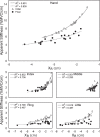
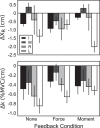
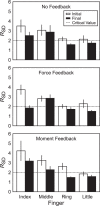
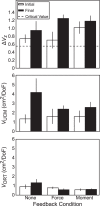

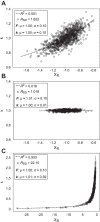
References
-
- Arbib MA, Iberall T, Lyons D. Coordinated control programs for movements of the hand. In: Hand Function and the Neocortex, edited by Goodwin AW, Darian-Smith I. Berlin: Springer, 1985, p. 111–129.
Publication types
MeSH terms
LinkOut - more resources
Full Text Sources
Other Literature Sources

